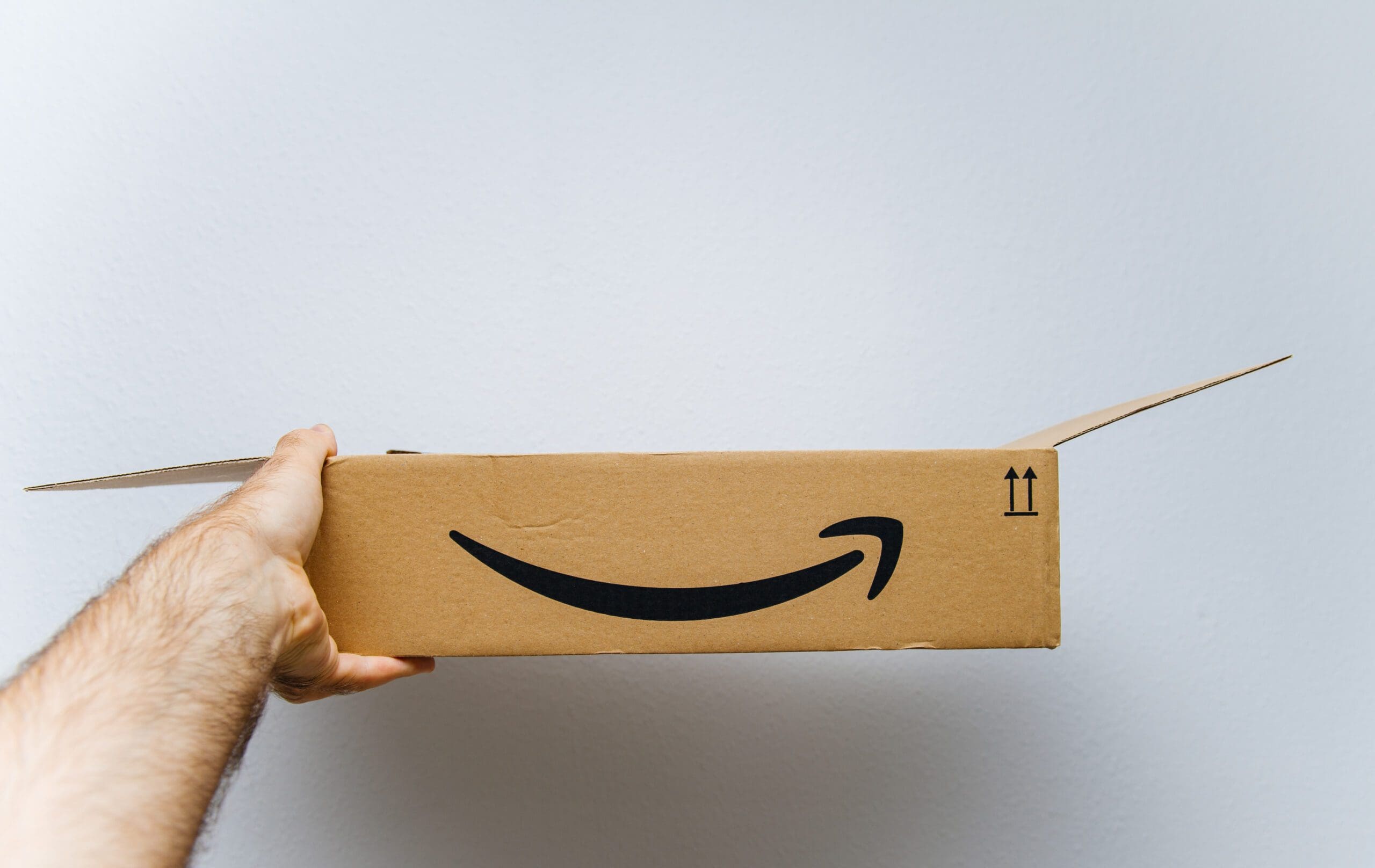Small businesses often find it difficult to compete with larger businesses when it comes to attracting and retaining talent. If presented properly though, small businesses sometimes have even more to offer than large companies. From flexible schedules to an unmatched company culture, small businesses can definitely compete with large companies. And in some cases they may even be able to retain talent for less money. Of course, retaining talent is not all about the benefits, but the company too. This means that employees and future employees will need to have confidence in the stability and potential of your company. One way to give them confidence is to pay them on time. In order to do this, you may need to free up cash flow by using inventory funding. Below, we will discuss how to attract and retain top talent and conclude with one of the best kept secrets for inventory funding for small businesses.
How do small businesses attract talent?
Small businesses often have a hard time attracting top talent. They may not be able to offer the same salary or benefits as larger companies, and they may be located in areas with a limited pool of qualified candidates. However, they still have plenty to offer to attract top talent. First, they can offer opportunities. Most large companies started small. Those who were there first often moved up to the top. Second, small businesses may be able to offer more flexibility such as work from home or flexible schedules. Lastly, small businesses can sell the sizzle. Oftentimes, small businesses have some of the best work cultures, which is highly sought after by employees.
By implementing these strategies, small businesses can level the playing field and compete for the best talent.
Why small business talent retention is important
Small businesses are the backbone of the American economy, and talent retention is essential to their success. When employees leave a small business, it can be devastating to the company. Not only does it mean losing someone with institutional knowledge and valuable skills, but it can also be difficult to find and train a replacement.
High turnover can also lead to a loss of morale among remaining staff members. Finally, replacing an employee can be costly, in terms of both time and money. All of these reasons underscore why talent retention is so important for small businesses.
By creating a positive work environment and offering competitive compensation and benefits, small businesses can encourage their employees to stay put. In doing so, they can improve their chances of long-term success.
Strategies to retaining talent within your business
Did you know that 73% of employees would leave their job if offered a better opportunity? That’s a scary statistic for any small business owner! It’s no secret that larger businesses have an advantage when it comes to attracting top talent, but there are a few things small businesses can do to make themselves more appealing. Let’s take a closer look.
Offer flexibility for your employees
If you want to keep your best employees, you need to offer them more than just a paycheck. In today’s competitive job market, workers are looking for employers who offer flexibility and a good work-life balance. That means offering flexible hours, the ability to work from home, and unlimited vacation days. By offering these kinds of perks, you’ll make your company more attractive to top talent. And when your employees are happy, they’ll be less likely to leave for a new job.
Have extra perks for your employees
Many workers today place a high value on perks and benefits, such as flexible hours, telecommuting options, on-site child care, and tuition reimbursement. By offering these types of perks, you can make your company more attractive to prospective employees and also improve morale among your existing staff.
In addition, you may want to consider implementing employee retention strategies, such as mentorship programs and career development opportunities. By investing in your employees’ growth, you can create a strong sense of loyalty and encourage them to stay with your company for the long term.
Promote employees
One of the most effective retention strategies is to provide opportunities for employees to grow and advance within the company. When workers feel like they are stuck in a dead-end job, they are more likely to start looking for new opportunities elsewhere. But when they have a clear path for advancement, they are more likely to stick around.
Additionally, offering opportunities for growth shows employees that you are invested in their development, which can further motivate them to stay with the company.
Proper training
There are a number of ways to help retain talent in your small business. One is to provide proper training. Employees who feel like they are constantly learning and developing new skills are more likely to stick with a company for the long haul.
Incentives for good performance
Another way to retain talent is to offer competitive compensation and benefits. This includes not only salaries and bonuses, but also things like health insurance, retirement plans, and paid time off.
Another way to attract talent is to offer employees a stake in the company through stock options or profit sharing. This gives employees a sense of ownership and can incentivize them to work harder and smarter.
Encourage feedback and transparency
If you want to know how to retain talent, one way is to encourage feedback and transparency. Creating an environment where employees feel comfortable giving and receiving feedback helps to foster a sense of trust and mutual respect. It also allows you to identify and address problems early on, before they lead to employee dissatisfaction.
Culture based on continuous learning
To understand how to retain top talent, small businesses can create a positive culture that emphasizes collaboration, creativity, and professional development. When employees feel like they are part of a team and are given the opportunity to grow, they are more likely to stick around.
Provide learning and training options
As a small business owner, it’s important to invest in your employees and make sure they have the skills they need to be successful. One way to do this is by providing learning and training opportunities. This can include anything from formal education and training programs to on-the-job coaching and mentorship.
Commit to helping your employees reach their goals
If you want to retain talent in your small business, you need to commit to helping your employees reach their goals. Provide learning and training options so they can continue to grow and develop within the company. And be open to suggestions on how you can improve as an employer. When your employees feel valued and supported, they’re more likely to stick around.
How Kickfurther Can Help
Being able to offer employees a greater degree of flexibility can be a huge selling point for small businesses. But employees and future employees will want to make sure your business is stable. For retail and wholesale businesses, this may mean getting funding for inventory. Kickfurther is the world’s first online inventory financing platform that enables companies to access funds that they are unable to acquire through traditional sources. With Kickfurther you can fund millions of dollars worth of inventory at costs of up to 30% lower than the competition. It gets better though – you don’t pay until you start making sales. You’ll truly have the opportunity to create a payment schedule that works for your business. You’ll outline expected sales periods to create customized payment terms. With more than $100 million in inventory funded to date, Kickfurther can help you get funded within a day or even minutes to hours. If your brand sells physical products or non-perishable consumables and has revenue between $150k to $15mm over the last 12 months, you are a prime Kickfurther candidate.
Interested in getting funded on Kickfurther? Create a free business account, complete the online application, review deals, and get funded in as little as minutes!






